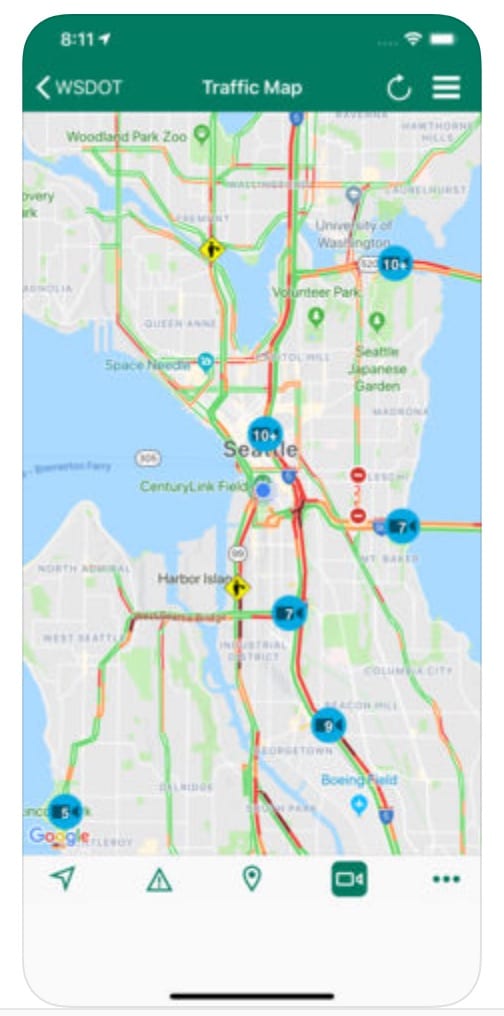
“underground tour.”
There’s a proverbial light at the end of Seattle’s new SR 99 Tunnel that has become a beacon for the future of public transportation.
By connecting the sports stadia and International District at one end of the Emerald City with the street life of Belltown, South Lake Union, and Lower Queen Anne at the other, the tunnel has also connected drivers with the dream of transit’s e-commerce revolution. The soon to be activated electronic fare system has the potential to put smoother, more reliable public transit within the reach of every part of the population.
The vision, in this case, belongs not to Bertha (the tunnel-boring behemoth named for Seattle’s first female mayor, Bertha Knight Landes) but to the tunnel’s lead designer, HNTB Corporation, and e-transit visionaries like Kimberly Slaughter, the senior vice president and national transit and rail market sector leader for the company. Like a chess master, Ms. Slaughter sees traffic patterns where others see stoplights. She is a transit strategist that must map the ranks, files and angles of rail tracks, bus lanes, bike lanes, HOV lanes, in short, all on-the-ground traffic, with an eye on how it can all move with Zen-like fluidity.
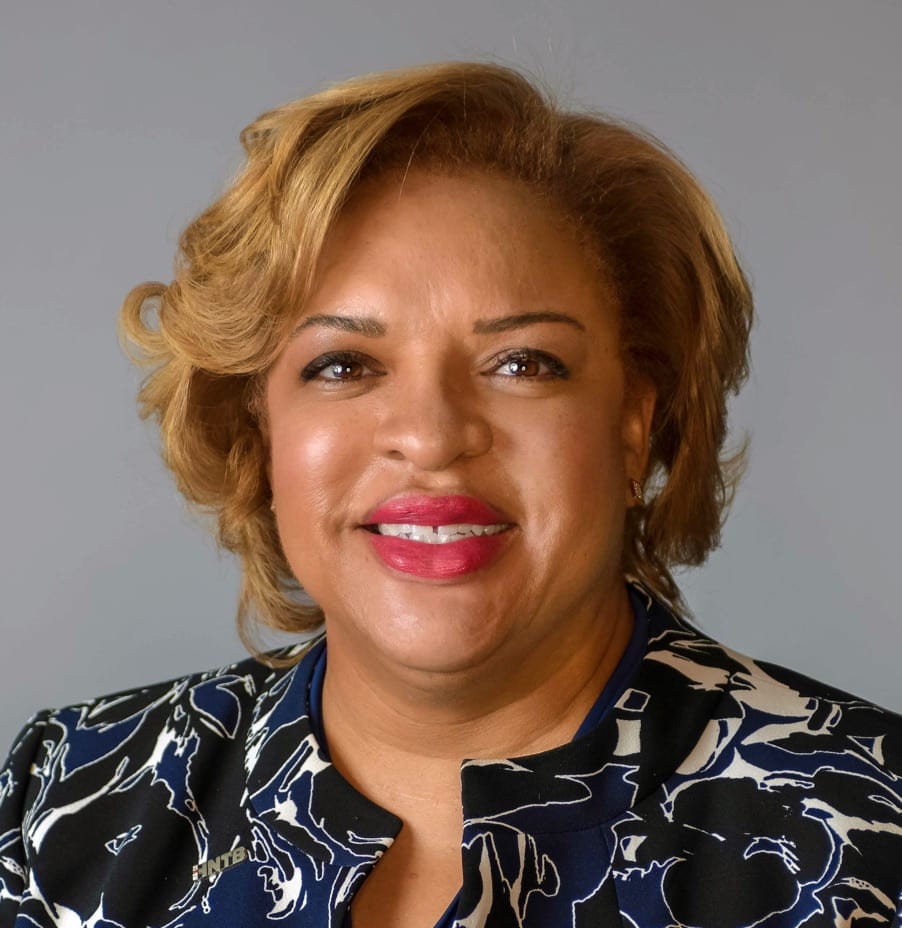
In a city that is actually an isthmus, bordered by deep water on two sides, Seattle’s transportation options have always been constrained by the seascapes that surround it. Now, in addition to planning around geographic features, agencies need to think in geo-demographic terms.
The relationship
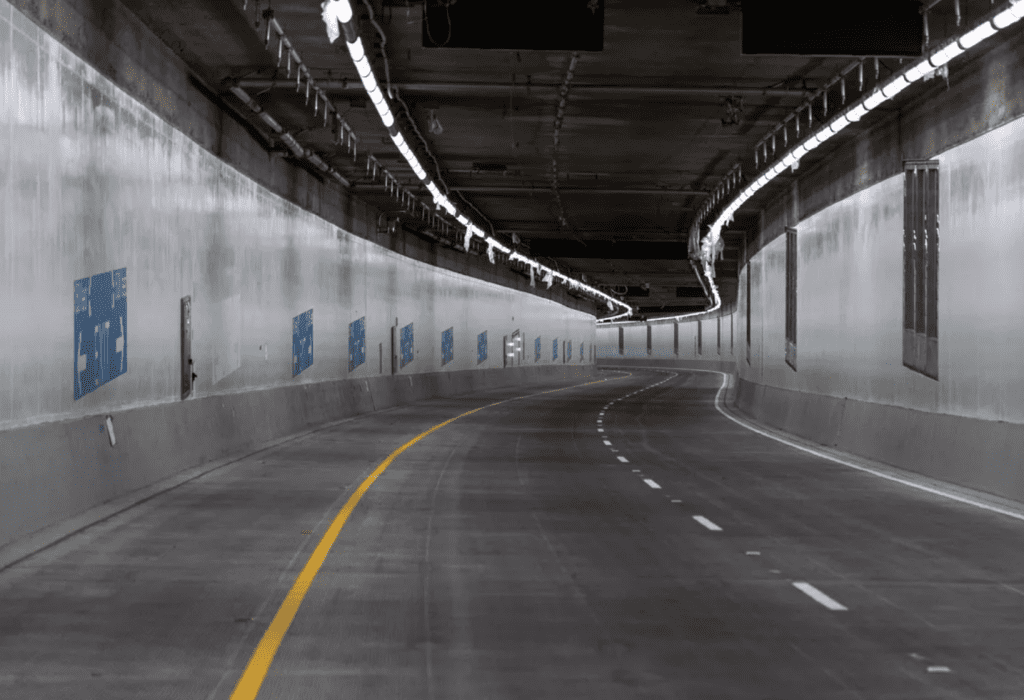
The SR 99 Tunnel will eventually be tolled at a variable rate with ranges based on the time of day,
Other numbers tell us about the growing popularity of bike share. “In 2018 alone, we saw people take over 2.1 million bike share trips in Seattle,” observed Seattle Mayor, Jenny Durkan. The mayor wants to add scooters to the mix, but do it in a way that will not cannibalize the thousands of free-floating bicycles.
We asked HNTB’s transportation futurist to tell us how we could speed up our daily travels in and around the Emerald City, across our floating bridges and inside our new Northwest underground passage. Buckle up!
Seattle24x7: Welcome, Kimberly. Where does Seattle stand today in terms of its transportation
Slaughter: Clearly, Seattle and the Pacific Northwest have experienced unprecedented growth. We’ve seen the opening of the new SR 99 tunnel as well as the addition of countless new bike lanes. Major investments in Sound Transit 3 (ST3) will expand the existing Link light rail to Tacoma, Federal Way, Everett and Issaquah, as well as connect Ballard to West Seattle. All of this infrastructure is vital in assuring that the economy remains competitive.
We also have to make sure that every part of the population benefits from infrastructure improvements. At HNTB, we believe that transit’s e-commerce revolution can play a key role in advancing mobility for all.
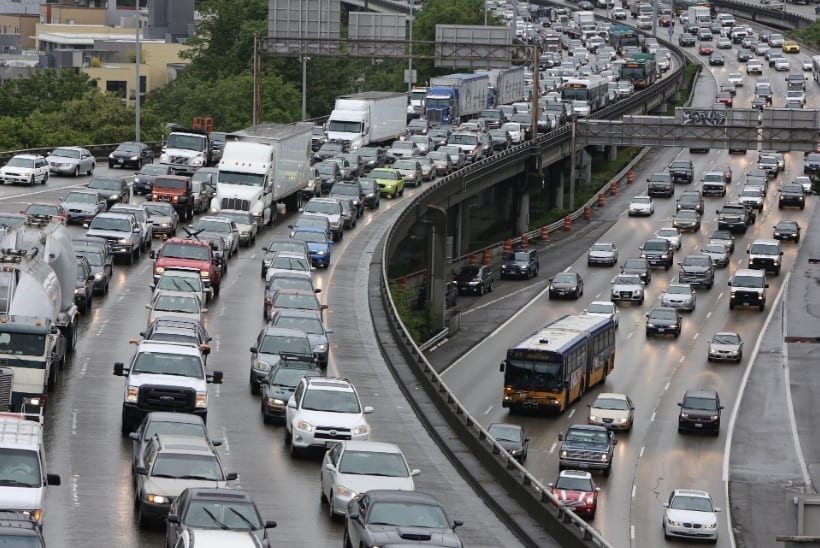
Seattle24x7: What are some immediate steps commuters can take to cut their commute times, reduce stress, save gas and increase efficiency?
Slaughter: There are myriad ways people can reduce their commutes.
First, people may be able to change their work hours to travel when there is less congestion.
Secondly, they can adopt new technological mobility and transit apps and tools. These apps can help with real-time arrival and departure times, smart trip planning, and in some cases, comparing options among ride-sharing, bike-sharing and other transit means.
A HOT Tip to Cut Your Commute to the Quick

Seattle’s SR 167 HOT lanes give you the option to pay a toll for a faster, more reliable trip.
Carpools are always welcome to use the HOT lanes for free. If you have two or more people in your vehicle, you always qualify as a carpool.
A Good To Go! pass or account is optional for carpools. If you do have a Good To Go! pass, make sure it is a Flex Pass set to HOV mode to travel toll-free.
Multitasking Your Way
“Another thing to consider is that time spent on public transportation, (buses, trains, ferries), can be used to maximize one’s productivity, whether that’s gearing up for your day or winding down from it. You can check email or voice mail, listen to educational or entertaining podcasts and news, or simply de-stress by listening to music.
Another way to cut your commute time is to embrace micro-transit, whether it be a van or bikeshare, which can help meet first- and last-mile needs. Micro-transit can offer people more convenient drop-off or pick-up locations to better serve riders and ease congestion, as well as more flexibility and on-demand service, including new and emerging niche options.”
Seattle24x7: Please explain what you mean by “micro-transit” or “micro-mobility.” Can you summarize this approach for us?
Slaughter: Micro-mobility is about offering transit service to and from areas that aren’t covered by fixed bus and rail lines. For a long time, we’ve seen small vehicles serving people who aren’t within reach of the major lines. Cities have also made significant investments to accommodate bicyclists who could then provide their own first- and last-mile solutions and we’ve seen significant enthusiasm throughout many Pacific Northwest cities for bike-sharing programs. Finally, many local transit agencies are partnering with Uber and Lyft for last-mile connections.
All Aboard Seattle Light Rail!

Seattle’s light rail trains arrive every 6 to 15 minutes, depending on the time of day, and take about 40 minutes to travel between Sea-Tac International Airport and Westlake Station in downtown Seattle. One-way fare for adults ranges from $2.25 to $3.25. Schedules and station maps are available on the Sound Transit website.
Seattle24x7: Curiously, has Seattle banned one of the more novel forms of micro-transit?
Slaughter: An emerging new micro-twist is the electric scooter, which has evolved from a novelty item to a national transportation phenomenon. We don’t have e-scooter rental services in Seattle – in fact the city of Seattle has banned them – four out of 10 of America’s largest cities do have them. A large segment of people in the U.S. view e-scooters positively – viewing them as an alternative to cars, bike-sharing and ride-sharing. With proper regulations, they’re an inexpensive and convenient complement to public transit.
Transit agencies will have to create rules and policies to proactively incentivize e-scooter companies and users to decrease chaos and unsafe conditions that can happen when there are scooters zipping around cars, taxies and bikes. It’s also important to think about scooters’ impact on pedestrians. Without a thoughtful approach to rules and policies, e-scooters, and other unforeseen modal options, communities run the risk of creating unintended safety challenges, liability issues and congestion.

Seattle24x7: You have talked about collecting and coordinating data that would enable smarter, more efficient transportation systems, stating “A large body of data can be collected that can help transit agencies move their e-commerce strategies forward in the most inclusive ways.” Are you talking about individualized data, personalized right down to each person’s travel schedule, or understanding travel times from larger patterns?
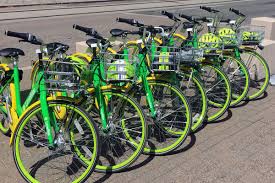
I am a proponent of looking at patterns to enable smarter, more efficient transportation systems. The biggest concern of transit providers is to keep the customers safe. This includes keeping us physically safe and protecting our privacy. From a system perspective, it is not important to know the exact movements of every individual, but it is critical to understand the collective patterns of movement to best serve customers.
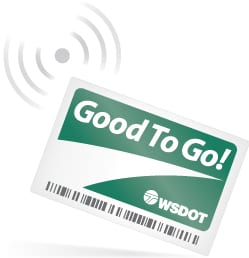
Seattle24x7: How would an incentive-based, e-commerce transit system work?
Slaughter: To understand customers’ aggregate behavior, transit agencies can use multi-modal electronic fare collection, enabling riders to wave a smartphone or card as they enter and exit a train or bus. This would make data gathering easier and more effective, while easing congestion at fare terminals and kiosks.
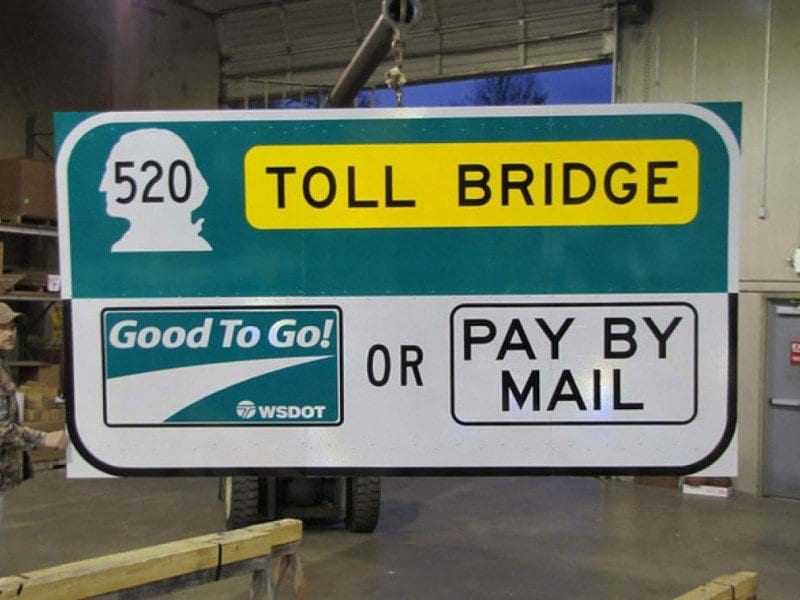
Apps can also help passengers navigate through their trips, letting them know when to change buses or trains as needed.
Seattle24x7: Do you also see a demographic component at work here?
Slaughter: The main challenge is that while lower-income populations often do have smartphones, those phones are less likely to be connected to a digital source of money. Millions of Americans have no bank account. And even if people have both a smartphone and bank account, there is a significant learning curve – involving apps, bank-verification processes and other steps – that can discourage people of all ages and backgrounds. It’s important that those populations not be excluded from the benefits of these advancements in transportation.
Agencies can work with school districts and other social-service agencies to ensure that no one is being left out. They can also seek to understand more about households through secure, open-records requests that won’t undermine anyone’s privacy.
Seattle24x7: Is making transit work across all demographic communities the biggest obstacle?
Slaughter: One of the biggest obstacles to ensuring a more streamlined passenger experience – one that not only increases efficiencies and security, but also facilitates passenger movement on and off vehicles – is making sure it doesn’t drive away some segments of the community.
Care must be taken that these new systems don’t negatively impact the transit experience by low-income and minority populations and reduce their mass-transit usage. Data must be gathered in intelligent ways to better inform transit agencies about the largest reach of inclusion, including considerations such as fare calibration.
P-Track: “Ground-Traffic Control”

University of Washington junior Kona Farry has built a website, that lets transit users track the whereabouts of all the buses, ferries, streetcars and light-rail trains in service in the Seattle region.
The goal is to provide more real-time transit information to riders.
His
Seattle24x7: Staggered work-hour policies have proven effective in Singapore and elsewhere. Do you foresee an increased role for large organizations to schedule different work hours so that people come and go an hour later or earlier to ease traffic congestion?
Slaughter: There is a large and growing body of data that indicates staggered work hours, flexible work times, and even compressed work weeks can help relieve congestion. There’s also mounting evidence that these alternative solutions increase productivity.
In the Pacific Northwest, there are many small, medium and large companies that have adopted these policies. They range from dentist offices like New32, which operates from 7 a.m. to 3 p.m. so staff and patients can avoid sitting in traffic, to local health-care tech company Accolade and well-known companies like the Bill & Melinda Gates Foundation.
Seattle24x7: So is calibrated pricing the key to easing congestion in our busy corner of the Northwest?

Slaughter: By varying the cost of fares based on demand, transit agencies can spread usage more effectively across modes and times of the day. Fare prices might be increased during peak hours to reduce
A prime example is the 1.4 mile SR 520 Evergreen Floating Bridge, the world’s longest floating bridge. In addition to generating revenue, SR 520 tolls adjust throughout t
After pre-construction tolling began in 2011, travel patterns across Lake Washington changed. Some SR 520 travelers diverted to other routes, or modified travel schedules to take advantage of transit, carpooled or vanpooled, teleworked, or traveled during off-peak times. Others chose to not cross the lake at all. The majority of diversion occurred during off-peak times.
More recently, in FY 2018, an average of 81,000 vehicles crossed SR 520, an increase of 2,000 trips in comparison to FY 2017. Transit ridership across 520 has stayed at an average of 23,000 riders per weekday day in both FY 2017 and 2018. During this same time period, vanpools have steadily increased from 398 crossings in FY 2017 to 435 crossings in FY 2018. Overall, since the facility opened in 2016, WSDOT has seen an over 20% increase in vanpools on the SR 520 bridge.[24×7]
Kimberly Slaughter is national transit and rail market sector leader and senior vice president for HNTB Corporation. With more than 30 years of comprehensive experience in transportation and public transit, her role includes collaborating with HNTB’s regional and office leadership on strategic planning and implementation, industry representation, business development, service delivery and client satisfaction.












